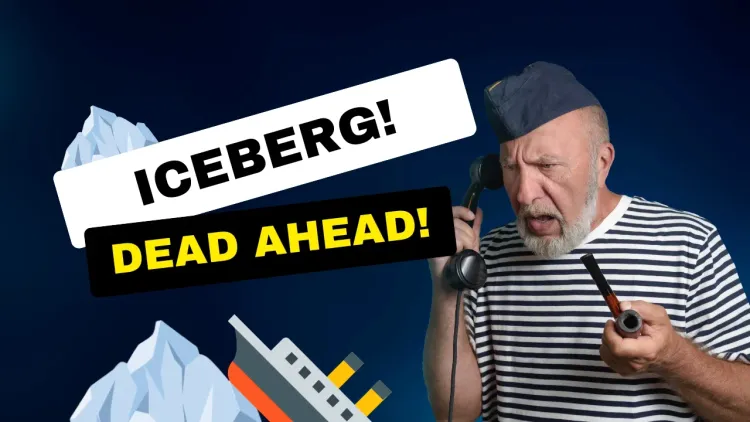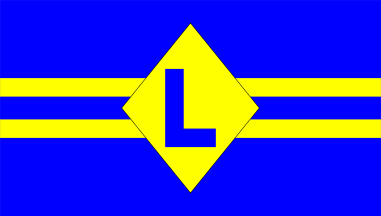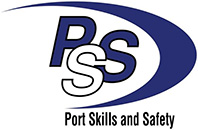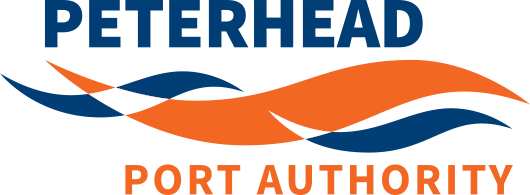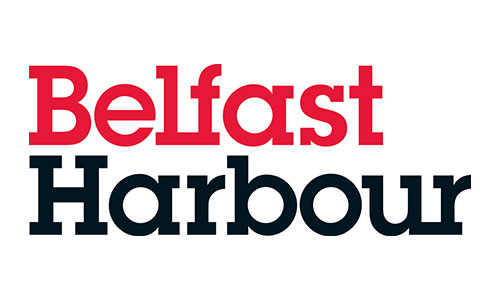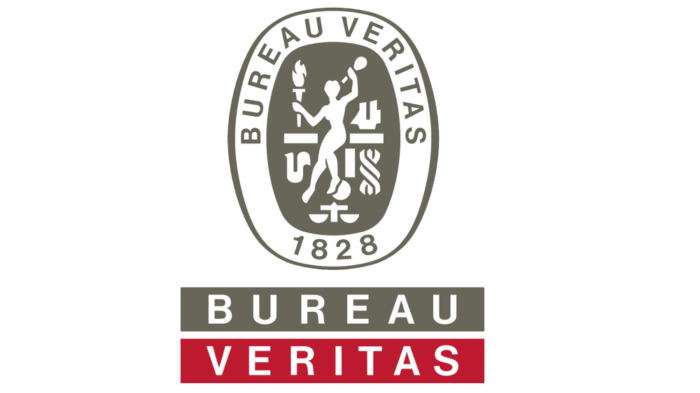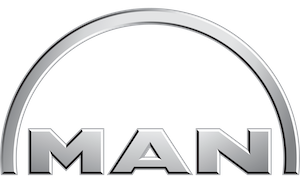ICEBERG RIGHT AHEAD! It’s the famous call made by sailor Frederick Fleet from the crow’s nest of the RMS Titanic to the bridge. Sadly the call came too late for Titanic and we all know her grim fate depicted in James Cameron’s 1997 movie. The fact the bridge team were so reliant on the lookouts was in part due to the lack of any way for a vessel to detect the presence of navigational hazards other than by visual sightings. This made navigation at night and in restricted visibility incredibly dangerous.
The advent of radar significantly improved maritime safety by providing ships with a reliable means of detecting and avoiding obstacles, such as other vessels, rocks, and icebergs. The use of radar has reduced the number of collisions and grounding incidents at sea, making navigation safer and more efficient.
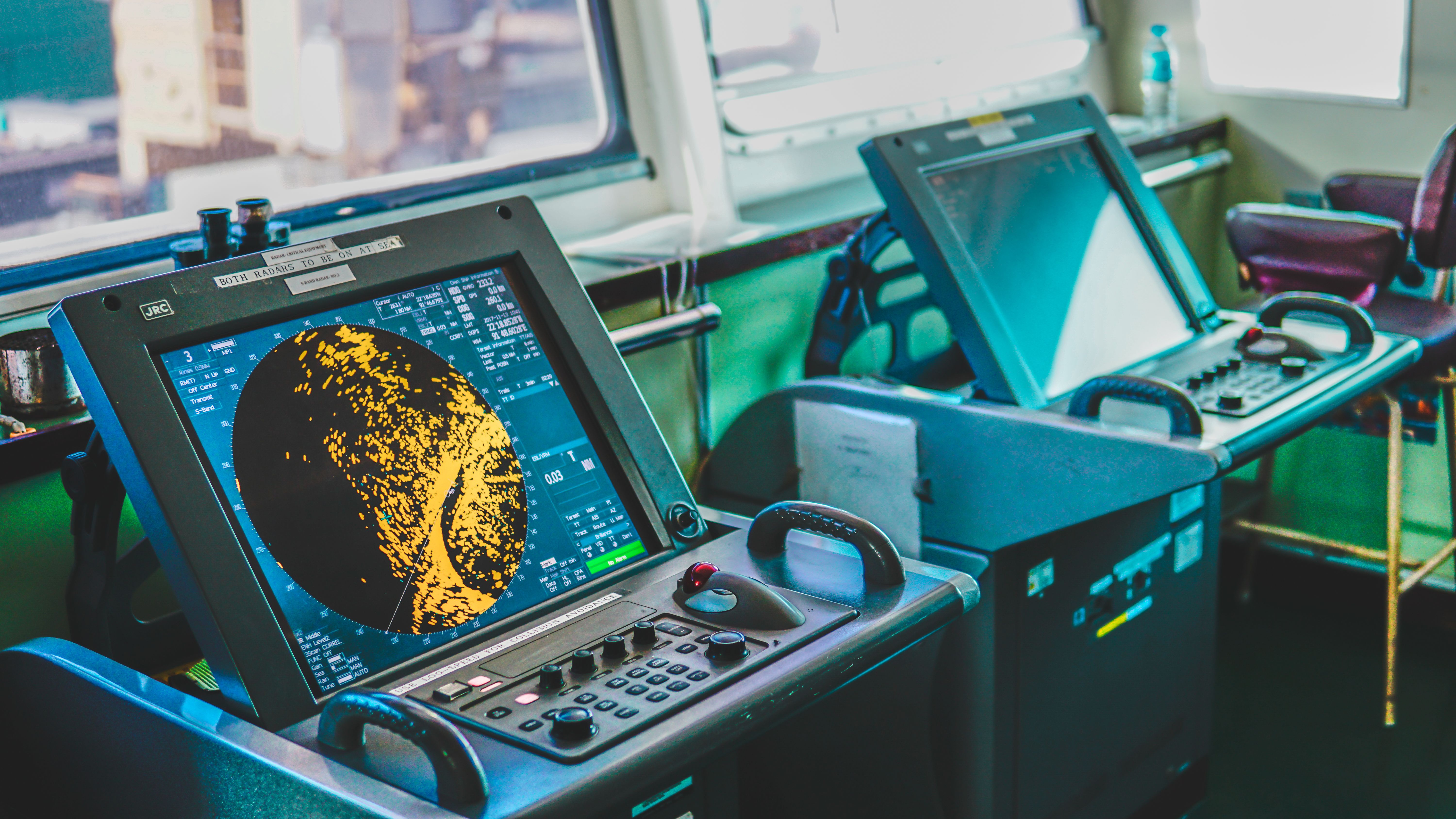
Radar works by transmitting high-frequency radio waves and measuring the time it takes for them to bounce back after striking an object. This information is then used to calculate the range, bearing, and size of the object, allowing the operator to determine its location and take appropriate action to avoid a collision.
In addition to its collision avoidance capabilities, radar has also been integrated with other navigation systems, such as GPS and electronic charts, to provide mariners with a comprehensive view of their surroundings. This has allowed ships to safely navigate in poor visibility conditions, such as fog, rain, and darkness, reducing the risk of accidents.
Radar was invented by several scientists and engineers working independently in different countries. However, the credit for the development of the first practical radar system is often given to British scientists Robert Watson-Watt and Arnold Wilkins.
In 1935, Watson-Watt and Wilkins developed the first operational radar system, called the Chain Home system, which was used by the British to detect incoming enemy aircraft during World War II. This system laid the foundation for the development of radar technology and its widespread use in military and civilian applications.
Other important contributors to the development of radar include the American engineer Lee De Forest, who developed the vacuum tube amplifier in 1906, and the Scottish engineer Sir Robert Alexander Watson-Watt, who is credited with the idea of using radio waves to detect aircraft.
Radar was first used on ships in the late 1930s, shortly after the development of the first practical radar system by British scientists Robert Watson-Watt and Arnold Wilkins. The first radar systems installed on ships were primarily used for military purposes, such as detecting enemy vessels and aircraft.
During World War II, the use of radar on ships became widespread as a means of improving navigation and avoiding enemy vessels. After the war, radar continued to be used for military purposes, but it also became an important tool for civilian shipping, helping to improve safety and efficiency at sea.
Today, radar is an essential tool for navigation on ships of all sizes and is used for a wide range of applications, including collision avoidance, target tracking, weather monitoring, and search and rescue operations. The continued development of radar technology has made it an indispensable tool for safe and efficient navigation at sea.
Radar stands for RAdio Detection And Ranging and works by emitting high-frequency radio waves and measuring the time it takes for them to bounce back after striking an object.
Here is a basic explanation of how radar works:
- Transmission: A radar system transmits a short burst of high-frequency radio waves, also known as a "pulse," into the surrounding environment.
- Reflection: When the radar pulse encounters an object, it bounces back, or reflects, towards the radar antenna.
- Detection: The radar antenna receives the reflected signal and measures the time it took for the pulse to travel to the object and back. This information is used to calculate the distance, or range, to the object.
- Angle measurement: The radar system also uses the angle of the antenna to determine the direction, or bearing, of the object relative to the radar.
- Display: The radar system processes the information and displays it on a screen in the form of a radar image. The image typically shows the range and bearing of objects in the surrounding environment, allowing the operator to determine their location and take appropriate action to avoid them.
In summary, radar works by transmitting high-frequency radio waves and using the time it takes for the waves to bounce back after striking an object to calculate its range, bearing, and size. This information is then displayed on a screen to help the operator determine the location of objects in the surrounding environment.
Before the advent of radar, ships navigated primarily using visual cues, such as the position of the sun, stars, and landmarks, as well as compass readings and charts. This method of navigation was known as "dead reckoning" and involved estimating the ship's position based on its speed, course, and time traveled.
In poor visibility conditions, such as fog, rain, or darkness, navigation was more difficult and relied on instruments such as the lead line, which was used to measure the depth of water, and the sounding horn, which was used to determine the ship's proximity to shallow water or obstructions.
In addition, ships would often rely on visual signals, such as flags or lanterns, to communicate with other vessels and avoid collisions. However, these methods were limited by visibility conditions and could be imprecise, making navigation challenging and increasing the risk of accidents.
Overall, before the introduction of radar, navigation at sea was more challenging and relied heavily on human skill and experience. The advent of radar revolutionized navigation by providing ships with a reliable means of detecting and avoiding obstacles, even in poor visibility conditions.
Had radar been invented prior to the 1912 disaster maybe the Titanic would have been saved the collision with the iceberg and Mr Cameron robbed of his Oscars. It is without doubt that the radar has had immense impact in maritime safety and remains an essential component of every merchant vessel’s safety equipment.

